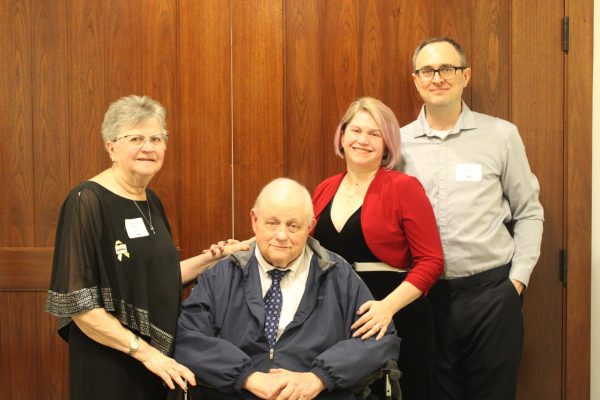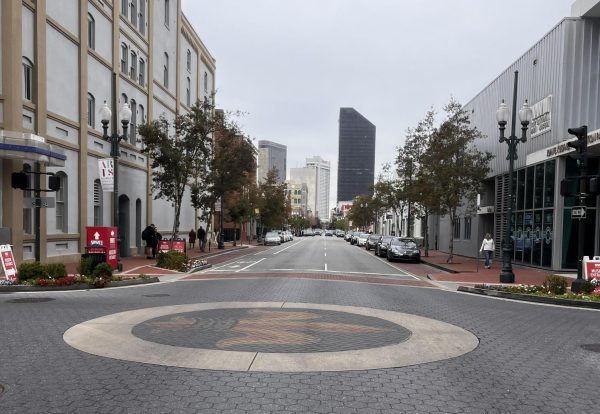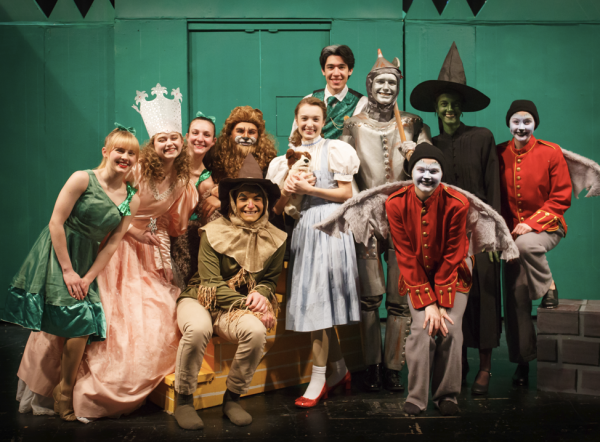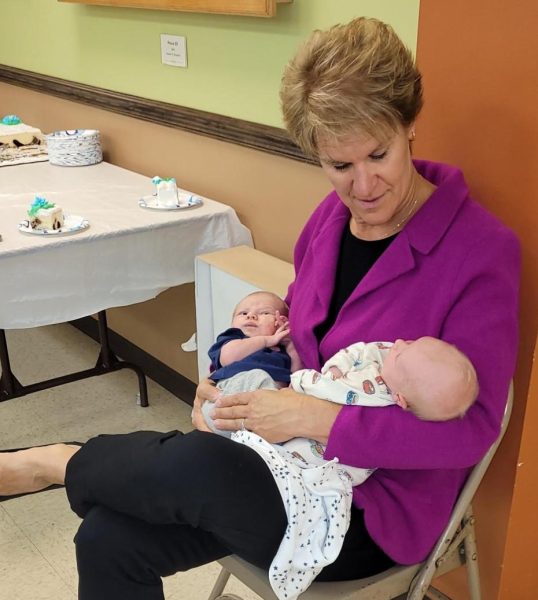Project Based Learning: Escaping To The 21st Century
2 minutes left on the clock, you have all the clues but things aren’t adding up. Then, it hits you. You and the rest of your group quickly shout out the murderer. You have escaped the escape room.
You may be shocked to learn that this escape room is actually taking place in our school, along with tons of other fun hands on learning activities. And these activities are being built by students.
PBL stands for project-based learning, where students learn about a subject while solving an open-ended problem found in trigger material. This can be something like making an escape room, like the students of Academic English 2 are doing, or even something like shrinking potato chip bags in the microwave.
Greater Latrobe decided to start PBL to give the students many opportunities. This includes giving the students independence, but also the comfort of help, suggestions, and feedback from other students. It also helps the students express themselves in a hands on way. The whole idea behind this is that students can choose their own questions and problems to solve.
Of course, GLSD wanted to try this, and has decided to do some of these, including English teacher Mrs. Stallings class.
Jack Marcinko, a student in the class shared all about how they were able to come up with and make an escape room for their PBL project. “To prep for that, we have one day a month, and with that day we can use it to plan out what we want to do with each puzzle. For example, we might come up with a theme for the puzzle.”
To get some ideas for the escape room that the students are creating, the students went on a field trip to 60 Minute Missions, in downtown Greensburg, one of the most popular escape room businesses in the area. It features three different rooms, that are periodically changing, along with everything the students would need information on for their escape room. “This trip gave us some insight on how to create puzzles, the recommended amount of puzzles in the time slot we have for the escape room, and a lot of that stuff.” Jack said. “With that trip we also figured out what all we needed props wise. They also told us that it doesn’t have to be super complex, which was nice to hear.”
Creating a final project is not an easy process, with lots of things to include, consider, and make. So where are the students at now? “We’re working on getting clubs that max the theme and having a set goal.” Jack shared.
The students were assigned the escape room at the beginning of the year, and are still working on it, and will be until the end of the year. “I think it’s a really interesting way of learning,” Jack ultimately said about how he feels about the whole experience. “Not only is it something that we all enjoy, we are all learning a lot from it.”
When finished, students will be graded on their PBL project on a scale of 1-4 on the stated objectives. William Bender’s Project-Based Learning book states the evaluation procedure as the following, “Students scores may range from four to sixteen. Either the teacher or a group of students working collaboratively with the teacher awards points to the group of students for each of the objectives listed and then totals those points. Point totals of 15-16 equate to an A on the project. A total of 13-14 equals a B; 10-12 equates to a C, and less than 10 indicates a need to redo the project.”
Overall, the whole idea and experience of PBL is going great for not only the authorities and teachers of Greater Latrobe, but also the students. “Like I said,” Jack ended by saying, “not only is it a really interesting way of learning, but it’s something that you don’t get to do in every class, and is something that this will probably be our only chance to do it, making the whole experience even more valuable.”
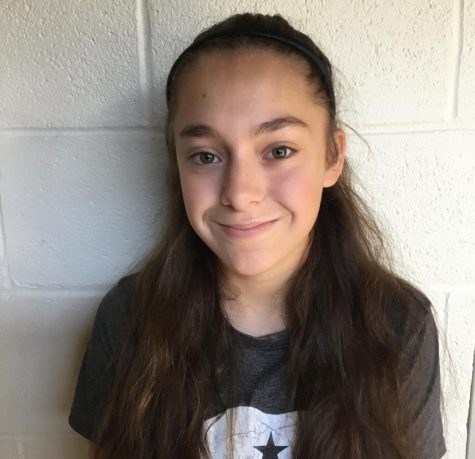
My name is Sofia Serge. I am 14 years old, and a freshman at Greater Latrobe. This is my first year on the High Post. Some of my hobbies are acting, writing,...




